Our breathtaking outdoor areas are the perfect places to make memories outside. You probably remember a moment when you went camping, hiking, boating, fishing, hunting or exploring somewhere in the Pennsylvania Wilds, making cherished memories and discovering how beautiful the outdoors can be.
The PA Wilds region is a special place… and we want to keep it that way. Practicing good stewardship of the lands means following the rules. After all, those rules and regulations are there for a reason!
When travelers are inconsiderate or simply not mindful of what they are doing, our natural resources can become damaged or destroyed, making it less enjoyable for others and inhospitable for the plants and animals we love.
There are more than 2 million acres of public lands in the Pennsylvania Wilds — including 29 state parks, 8 state forests, 50 state game lands and the Allegheny National Forest.
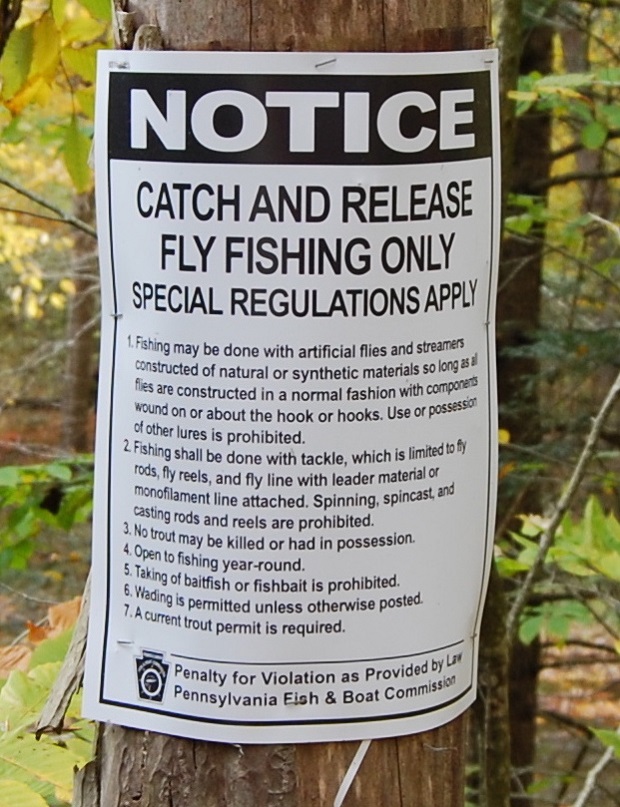
Consider this: state-owned lands like state parks and forests belong to the people of Pennsylvania, and nationally owned lands like the Allegheny National Forest belong to the people of the United State of America… that’s us! We all need to work together to conserve natural resources and protect these places for future generations.
To help ensure your safety and pleasure, please observe the rules and regulations for anywhere you might be visiting in the PA Wilds.
Pennsylvania State Parks
If you want to explore Pennsylvania’s great outdoors, you’ve come to the right place. The Pennsylvania Department of Conservation and Natural Resources (DCNR) Bureau of State Parks manages the 29 state parks and 8 state forests in the Pennsylvania Wilds region. The state parks are perfect for experiencing popular outdoor recreation activities such as hiking, picnicking, camping, fishing, hunting, boating and more. Pennsylvania state parks do not charge an entrance fee, and many parks feature environmental education centers, state park preserves, conservation areas and natural areas, and water recreation opportunities.
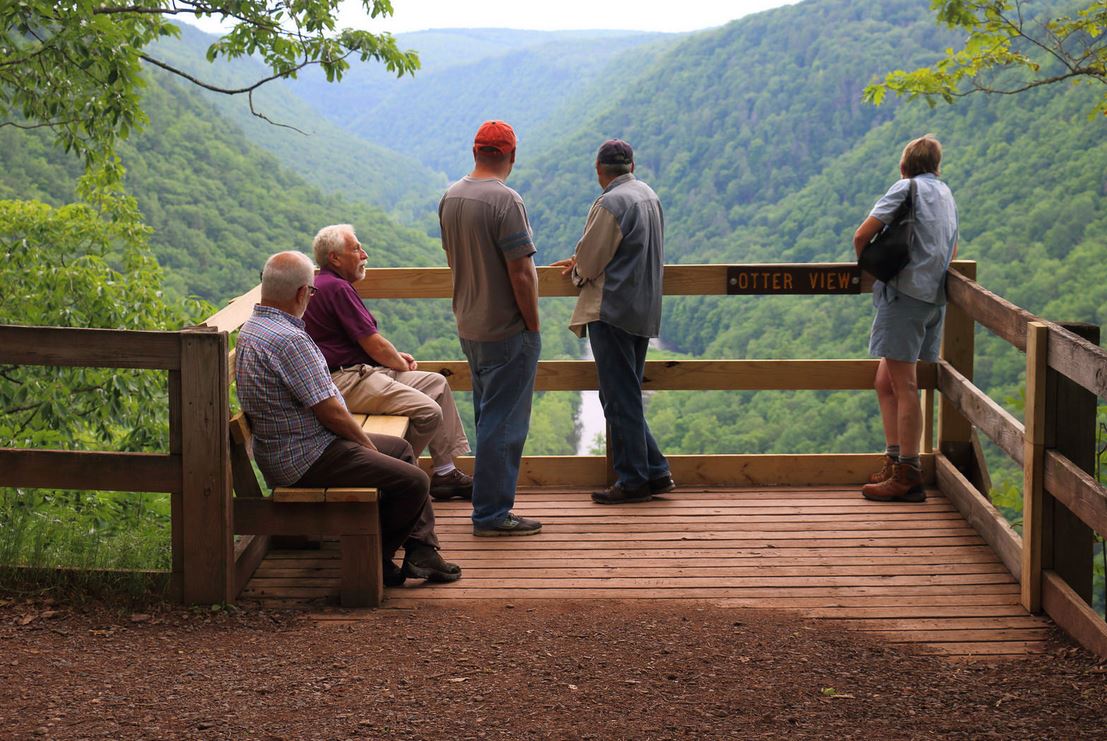
Complete List of State Parks Rules and Regulations
Title 17 is all of the rules and regulations of Pennsylvania state parks and are designed to insure visitor’s safety and pleasure.
Pennsylvania State Forests
Before you visit a Pennsylvania State Forest, know the rules and regulations that DCNR has regarding things like firearms, ATVs, removing or altering natural resources, littering and other activities that could change or damage the environment. Respecting the rules in the Pennsylvania State Forests means keeping the lands safe for wildlife and other people, for years to come. The regulations look very similar to those that exist in Pennsylvania State Parks, but there are some differences. Be sure to plan ahead and learn before you explore.

Complete List of State Forests Rules and Regulations
Title 17 is all of the rules and regulations of Pennsylvania state forests and are designed to insure visitor’s safety and pleasure.
National Forests
The Pennsylvania Wilds is home to the Commonwealth’s only National Forest, the Allegheny National Forest. Travelers come to enjoy mountain biking at the Trails at Jakes Rocks, kayaking on the Allegheny River, fishing along the waterways, hiking the numerous trails and admiring the beauty of the trees and wildlife. This land falls under regulations that have been made by the Secretary of Agriculture, which are common sense rules meant to control actions that cause damage to natural resources and facilities, as well as actions that cause unreasonable disturbances for National Forest visitors.
Want specific information about the Allegheny National Forest? Check out their website at www.fs.usda.gov/allegheny.
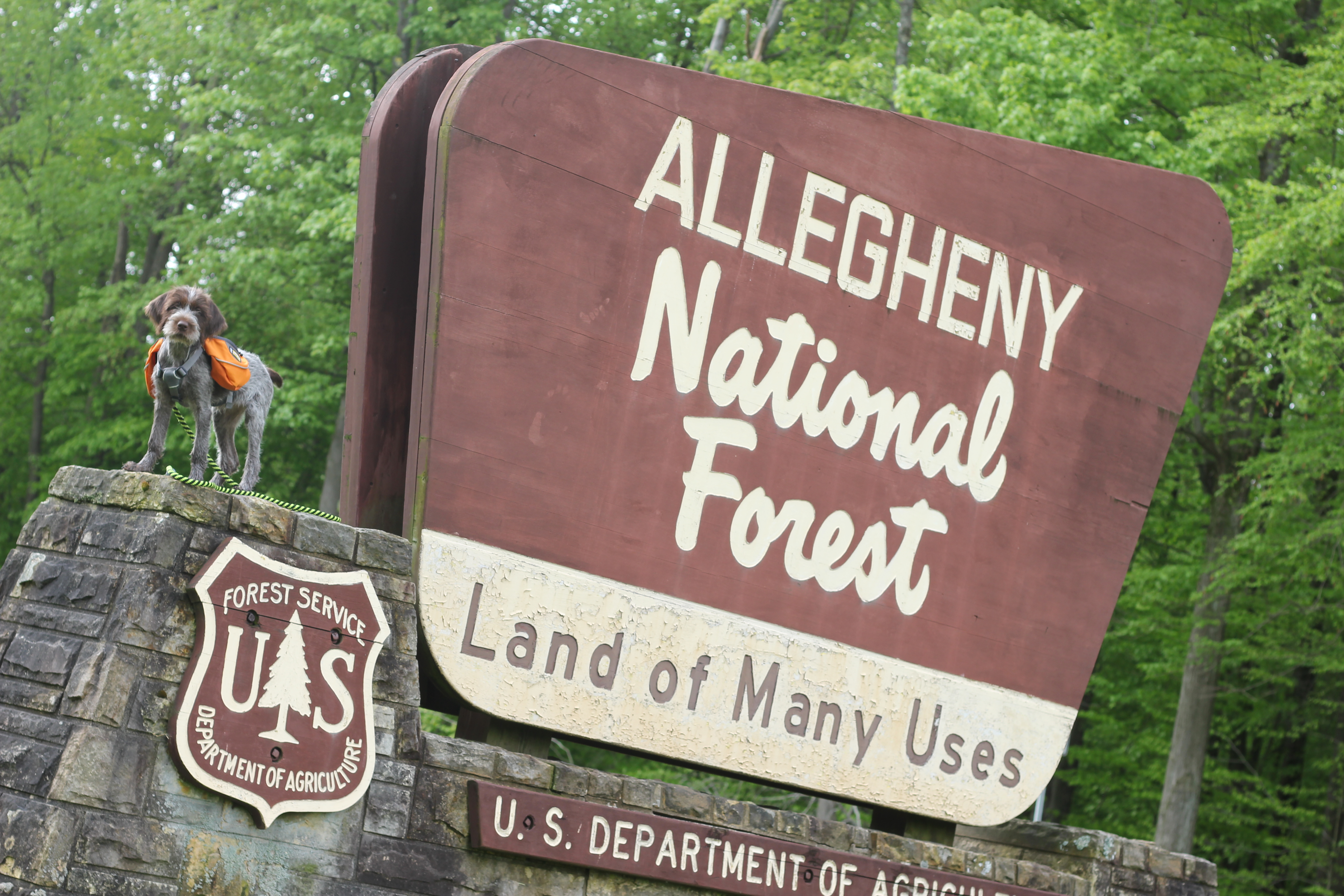
Complete List of National Forests Rules and Regulations
The Secretary of Agriculture’s regulations (36 CFR 261) provide in part for regulating the occupancy and use of developed recreation sites, as well as other regulations within National Forests.
PA Fish and Boat Commission
The mission of the Pennsylvania Fish and Boat Commission is to protect, conserve and enhance the Commonwealth’s aquatic resources and provide fishing and boating opportunities. This includes the waterways in the Pennsylvania Wilds, such as the Allegheny River, West Branch of the Susquehanna River, Little Toby Creek, Kinzua Dam, Kettle Creek and many more.
Protecting and enhancing these waters means that fishers and boaters will be able to enjoy the resources for years to come, along with respecting the fish and wildlife that rely on these waters to live.
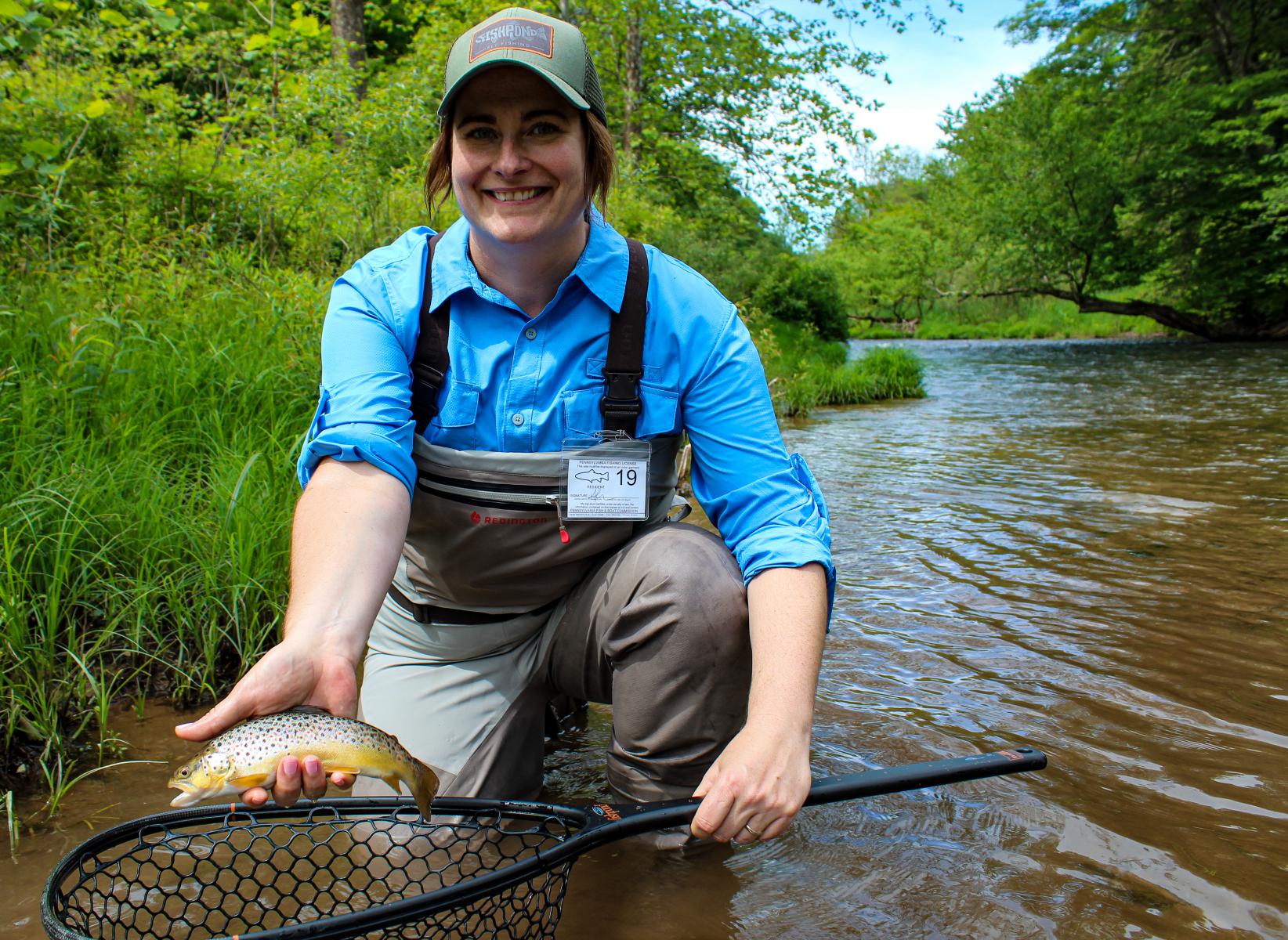
Complete List of PA Fish and Boat Commission Rules and Regulations
The PA Fish and Boat Commission rules and regulations are broken down into various sections, focusing on the areas of fishing, boating and non-game species.
PA Game Commission
The PA Wilds region boasts more than 2 million acres of public land: state game lands, parks and forests, and portions of the Allegheny National Forest that are open for hunting at different times throughout the year. Hunting plays a key role in helping manage our sustainable forests. Since 1895, the Pennsylvania Game Commission has worked to manage and protect wildlife and their habitats while promoting hunting and trapping for current and future generations. The agency is focused on putting wildlife first, improving wildlife habitat, following sound business practices, serving the Pennsylvania public and improving support for hunting and trapping.
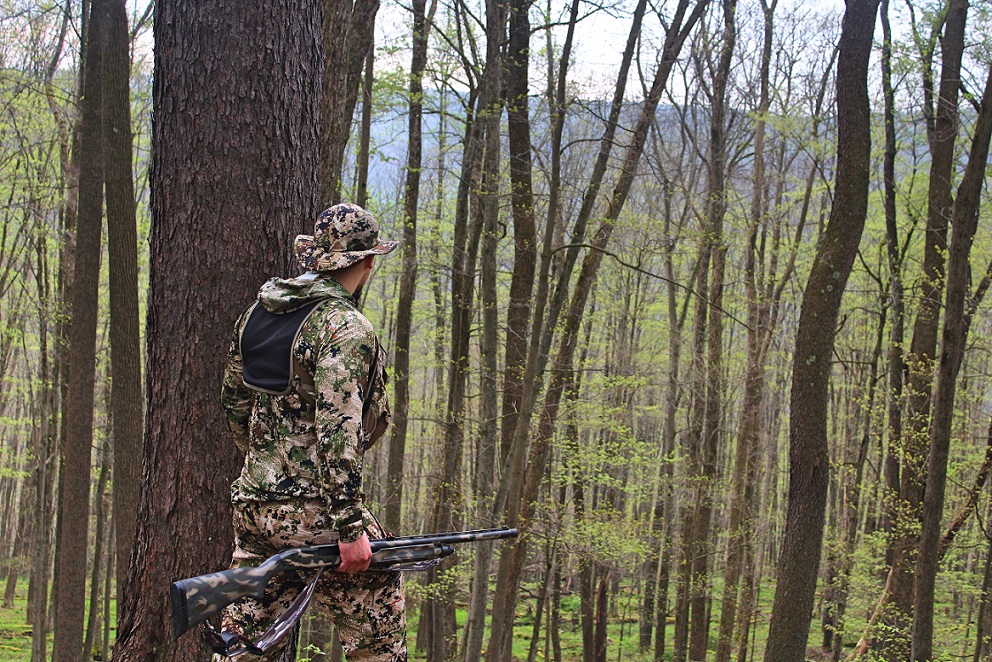
Complete List of PA Game Commission Rules and Regulations
The PA Game Commission laws for hunting and trapping include rules and regulations regarding game seasons, bag limits, licenses, permits, special provisions and location-based guidance.
PA Army Corps of Engineers
The U.S. Army Corps of Engineers is one of the world’s premier public engineering, design, and construction management agencies. Civil engineers plan, design, construct, and maintain the nation’s water resources, Army installations, and numerous other federal and local projects. In the PA Wilds region, there are multiple projects that have been maintained:
- Kinzua Dam & Allegheny Reservoir (Warren County + Allegheny National Forest)
- Tionesta Lake (Forest County + Allegheny National Forest)
- Alvin R. Bush Dam (Clinton County / Elk Country + Dark Skies) – Kettle Creek State Park
- Cowanesque Lake (Tioga County / Pine Creek Valley + PA Grand Canyon) – Cowanesque Lake Recreation Area
- Curwensville Lake (Clearfield County / I-80 Frontier) – Curwensville Lake Recreation Area
- Foster J. Sayers Dam (Centre County – I-80 Frontier) – Bald Eagle State Park
- Tioga – Hammond Lakes (Tioga County – Pine Creek Valley + PA Grand Canyon) – Tioga-Hammond Lakes Recreation Area
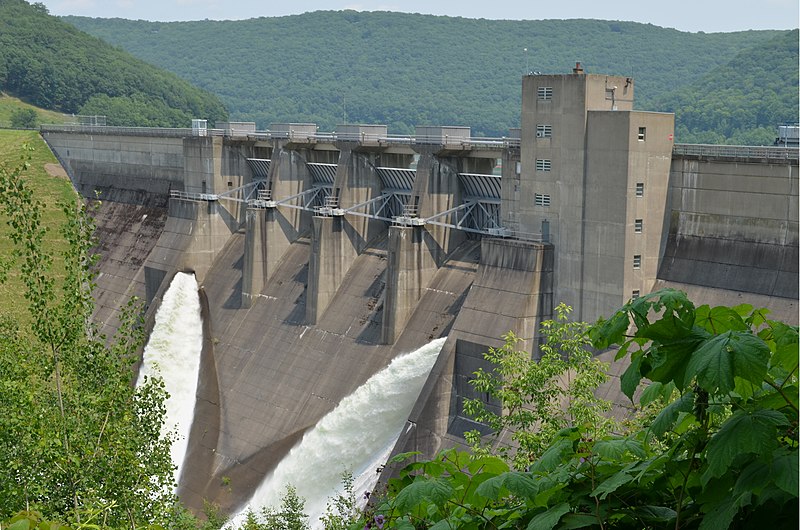
Complete List of PA Army Corps of Engineers Rules and Regulations
Title 36 lays out rules an regulations for visitors of land and waters maintained by the U.S. Army Corps of Engineers, including regulations regarding swimming, boating, fishing, hunting, camping, picnicking, fires, wildlife and pets.
